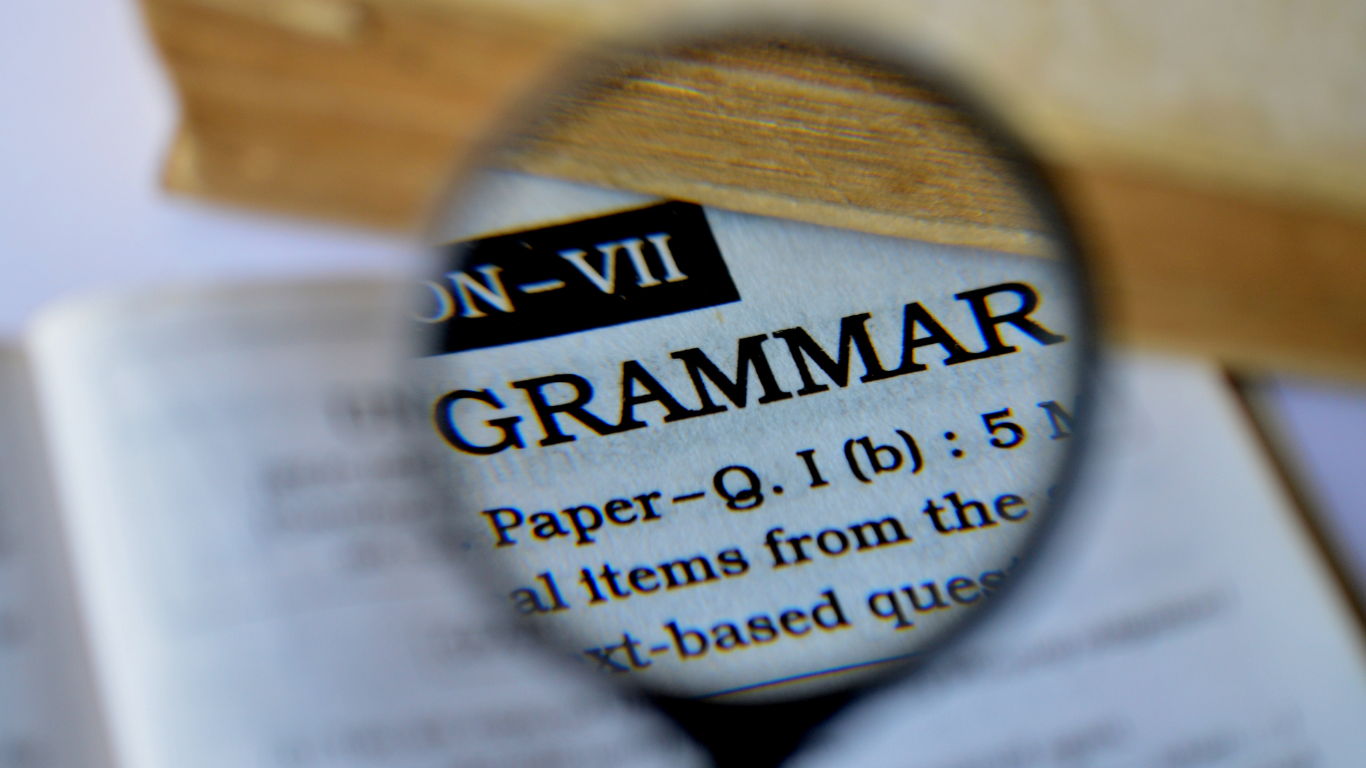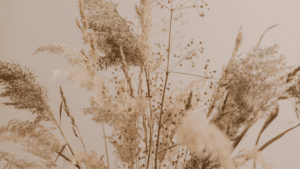The past perfect tense in Hindi, known as poorv krt kaal (पूर्व कृत काल), is a key grammar tool for talking about actions completed before another event in the past. It helps you tell stories clearly, showing which action happened first. For example, saying “I had eaten before you arrived” uses past perfect to show eating happened before arriving. In Hindi, this tense combines the verb’s past participle with the helping verb tha, thee, or the (था, थी, थे) from hona (होना). It’s common in storytelling, writing, and conversations to set the timeline of events. Learning it adds depth to your Hindi, making your sentences more precise. This guide explains the past perfect tense in Hindi with simple rules, examples, and tips. Whether you’re a beginner or brushing up, we’ll cover its structure, uses, and common mistakes. Let’s dive into how this tense works in Hindi, helping you speak and write with confidence and clarity.
What is Past Perfect Tense in Hindi?
The past perfect tense in Hindi describes actions that were completed before another past event. Called poorv krt kaal, it sets a clear order of events, like “She had finished her work before the meeting started.” In Hindi, you form it using the verb’s past participle (like khaya for khana) plus a form of hona—tha (masc. singular), thee (fem. singular), or the (plural). For example, “Maine khana kha liya tha” means “I had eaten the food.” This tense is vital for storytelling or explaining cause-and-effect in the past, such as why something happened. It’s used in written Hindi, like books or essays, and in spoken language to sound polished. Understanding its structure helps you express complex ideas simply, making your Hindi more natural and accurate.
Definition and Purpose
The past perfect tense in Hindi shows an action fully completed before another past action. Its purpose is to clarify the sequence, like “He had left before I reached.” In Hindi, it’s poorv krt kaal, emphasizing the earlier event. For instance, “Usne kitaab padh li thee jab main aaya” means “She had read the book when I arrived.” It helps avoid confusion in stories or conversations, ensuring listeners know what happened first. This tense adds depth to your Hindi, especially in formal or narrative contexts.
Comparison with Other Tenses
Unlike simple past (Maine khaaya, “I ate”), past perfect (Maine kha liya tha, “I had eaten”) highlights an action done before another past event. Compared to present perfect (Maine kha liya hai, “I have eaten”), it’s strictly for past timelines. For example, “Woh ghar aa chuka tha jab baarish shuru hui” (“He had come home when the rain started”) uses past perfect, while simple past wouldn’t show the order clearly. This distinction makes past perfect unique for sequencing past events in Hindi.
Structure of Past Perfect Tense in Hindi
Forming the past perfect tense in Hindi is straightforward. Start with the verb’s past participle, which varies by verb: khana becomes kha liya, jaana becomes gaya. Add a form of hona—tha for masculine singular, thee for feminine singular, or the for plural—matching the subject’s gender and number. For example, “Maine film dekh li thee” means “I (female) had watched the film.” The subject (like maine, usne) comes first, followed by the participle and helping verb. Negative sentences use nahi before the participle, like “Maine nahi kha liya tha” (“I had not eaten”). This structure stays consistent, making it easy to build sentences once you know the verb forms and gender rules.
Forming Affirmative Sentences
To make a positive sentence, use the structure: subject + past participle + hona form. For example, “Rahul ne kaam khatam kar liya tha” means “Rahul had finished the work.” Here, kar liya is the participle of karna, and tha matches Rahul (masculine). For a female subject, “Pooja ne kitaab likh li thee” (“Pooja had written the book”) uses thee. Plural subjects take the, like “Humne match jeet liye the” (“We had won the matches”). Practice with common verbs to master this pattern.
Forming Negative Sentences
Negative sentences add nahi before the past participle. The structure is: subject + nahi + past participle + hona form. For example, “Maine homework nahi kiya tha” means “I had not done the homework.” Another example: “Woh party mein nahi aayi thee” (“She had not come to the party”). The hona form (tha, thee, the) still matches the subject’s gender and number. This simple tweak lets you express what didn’t happen before another past event clearly.
Uses of Past Perfect Tense in Hindi
The past perfect tense in Hindi is used to show an action completed before another past event, adding clarity to timelines. It’s common in storytelling, like novels or movies, to explain why something happened, such as “He had lost his keys, so he was late.” In conversations, it helps describe cause-and-effect, like “I had booked tickets, so we didn’t miss the show.” It’s also used in formal writing, like essays or reports, to sequence events precisely. In Hindi, it pairs with simple past to contrast actions, as in “Jab main ghar pahuncha, sab so chuke the” (“When I reached home, everyone had gone to sleep”). This tense makes your Hindi sound natural and structured, especially when narrating complex past events.
Storytelling and Narratives
In stories, past perfect sets the scene by showing earlier actions. For example, “Jab raja jungle mein aaya, shikari jaal laga chuka tha” (“When the king arrived in the forest, the hunter had set the trap”). This clarifies the trap was ready before the king’s arrival. Hindi novels and films use this tense to build suspense or explain backstories, making events flow logically. It helps listeners or readers follow the plot without confusion.
Cause-and-Effect Situations
Past perfect explains why something happened in the past. For instance, “Train chhoot gayi kyunki main ticket nahi khareed paya tha” (“The train left because I had not bought the ticket”). Here, not buying the ticket (past perfect) caused missing the train (simple past). In conversations, this use helps justify actions or outcomes, like “Usne exam pass nahi kiya kyunki padhai nahi ki thee” (“She didn’t pass the exam because she had not studied”). It’s clear and effective.
Common Mistakes and How to Avoid Them
Learning past perfect in Hindi can trip you up, but avoiding common errors is easy with practice. A frequent mistake is using the wrong hona form, like saying Maine kha liya thee (wrong gender) instead of tha for a male speaker. Another error is mixing past perfect with simple past, causing timeline confusion, like “Maine khaaya jab woh aaya” instead of “Maine kha liya tha.” Forgetting nahi placement in negatives, like saying Maine kha liya nahi tha, is also common. To avoid these, always match hona to the subject’s gender and number, practice verb participles, and double-check sentence order. Using examples and speaking regularly helps cement the rules.
Incorrect Use of Helping Verb
Using the wrong hona form is a big mistake. For example, a male saying “Maine kitaab padh li thee” uses thee (feminine) instead of tha. Or, for plural subjects, saying “Humne kaam kiya tha” instead of the. To fix this, memorize tha (masc. singular), thee (fem. singular), the (plural). Practice with sentences like “Ladkon ne khel liya tha” (“The boys had played”) to match gender and number correctly.
Mixing Tenses Incorrectly
Some learners use simple past instead of past perfect, muddling timelines. For example, “Jab main aaya, woh khana khaaya” suggests eating and arriving happened together, unlike “Woh kha liya tha” (“He had eaten”). Always use past perfect for the earlier action. Practice pairs like “Jab main school gaya, class shuru ho chuki thee” (“When I went to school, the class had started”) to keep the sequence clear and avoid mixing tenses.
Tips to Master Past Perfect Tense in Hindi
Mastering past perfect in Hindi takes practice and simple tricks. Start by learning common verb participles, like kha liya (eat), dekh liya (see), and kar liya (do). Write daily sentences, such as “Maine film dekh li thee” (“I had watched the film”), to build confidence. Read Hindi stories or watch movies to see how the tense is used in context. Practice speaking with friends, narrating past events like “I had finished dinner before the guests came.” Use flashcards for hona forms (tha, thee, the) to match gender and number. Try translating English past perfect sentences into Hindi to spot differences. Regular practice, starting with simple sentences and moving to complex ones, makes the tense feel natural, boosting your Hindi fluency.
Practice with Examples
Write and say sentences daily to get comfortable. Try “Usne ghar saaf kar liya tha jab mehman aaye” (“She had cleaned the house when guests arrived”). Use different verbs: “Humne tickets book kar liye the” (“We had booked the tickets”). Practice negatives too, like “Maine call nahi kiya tha” (“I had not called”). Start with five sentences a day, mixing subjects and verbs. This repetition helps you remember structures and use the tense confidently in conversations or writing.
Reading and Listening Practice
Read Hindi books, like short stories by Premchand, or watch films like Sholay to hear past perfect in action. Notice sentences like “Woh gaon chhod chuka tha jab yudh shuru hua” (“He had left the village when the war started”). Listen to Hindi podcasts or news to catch the tense in real-time. Jot down examples you hear, then try using them in your own sentences. This exposure makes the tense familiar, improving your ability to use it naturally.
Conclusion
The past perfect tense in Hindi, or poorv krt kaal, is a powerful tool for clear storytelling and explaining past events. By using verb participles with tha, thee, or the, you can show what happened first, like “Maine khana kha liya tha jab tum aaye” (“I had eaten when you arrived”). Its structure is simple, but it adds depth to your Hindi, whether in stories, chats, or essays. From understanding its uses to avoiding mistakes like wrong hona forms, this guide covers the essentials. Practice with examples, read Hindi books, and speak regularly to make it second nature. Mastering past perfect tense in Hindi boosts your confidence, letting you share stories and ideas with precision, bringing your language skills to life in a vibrant, natural way.




